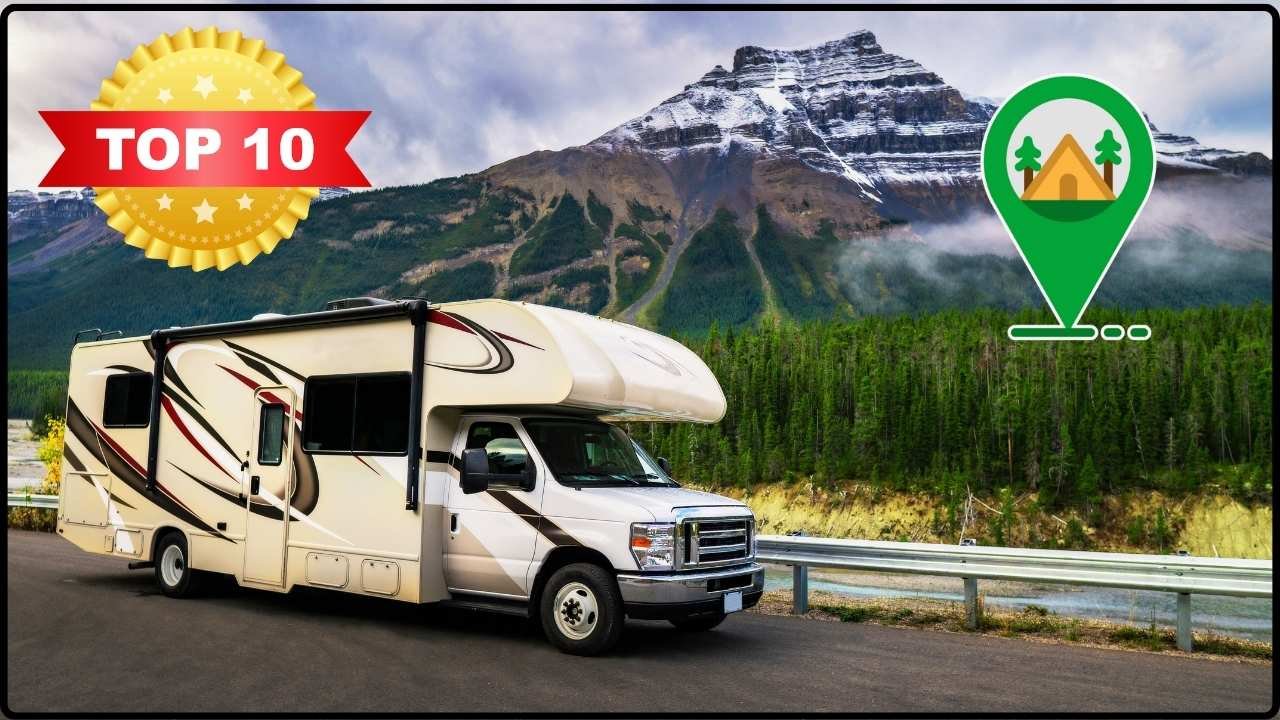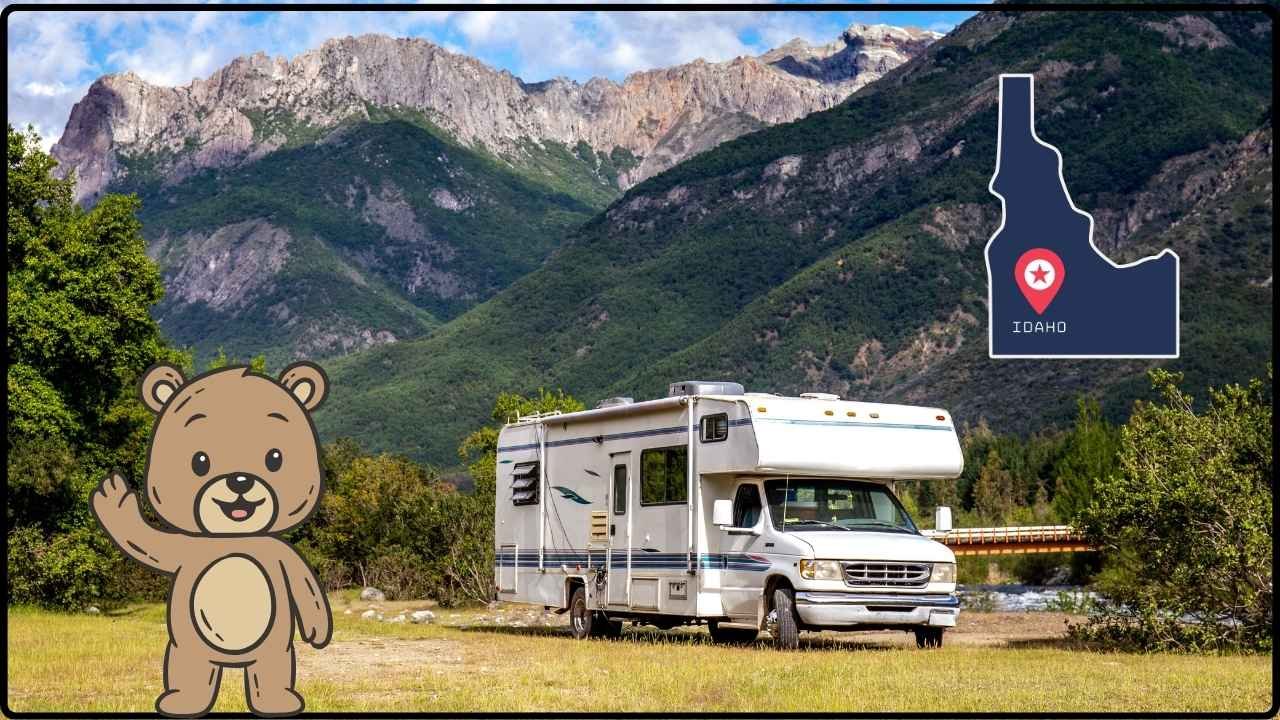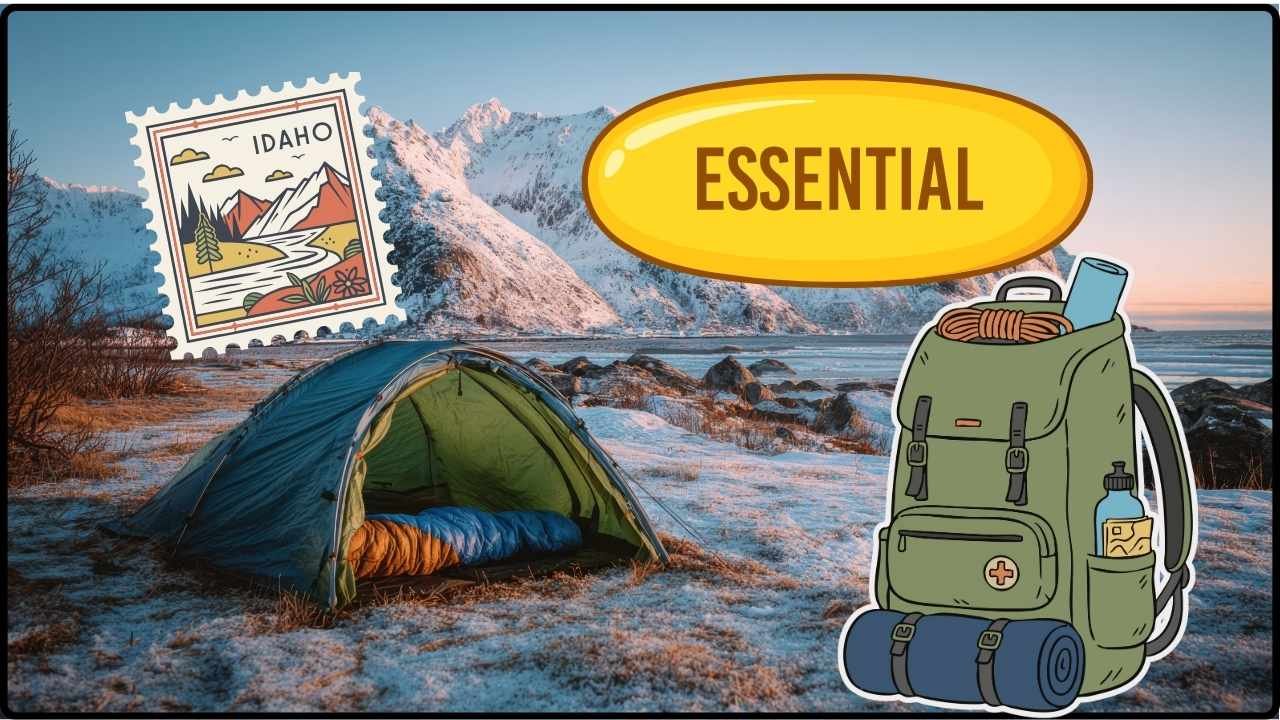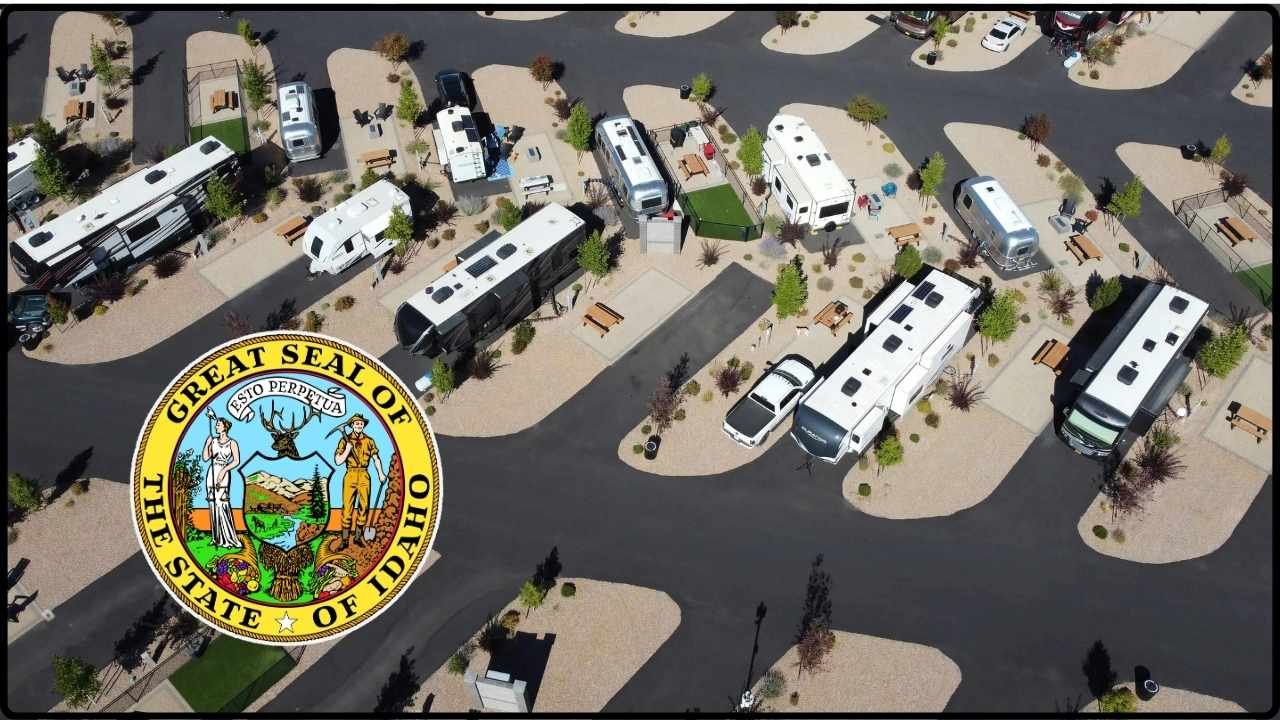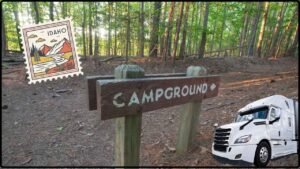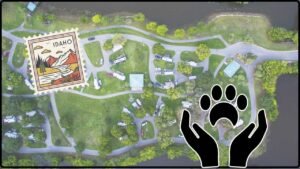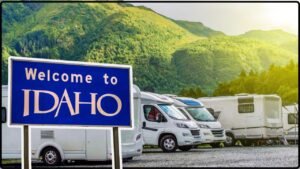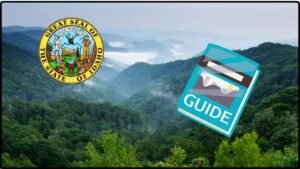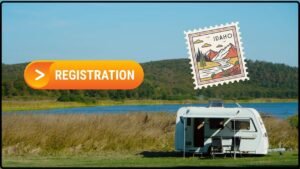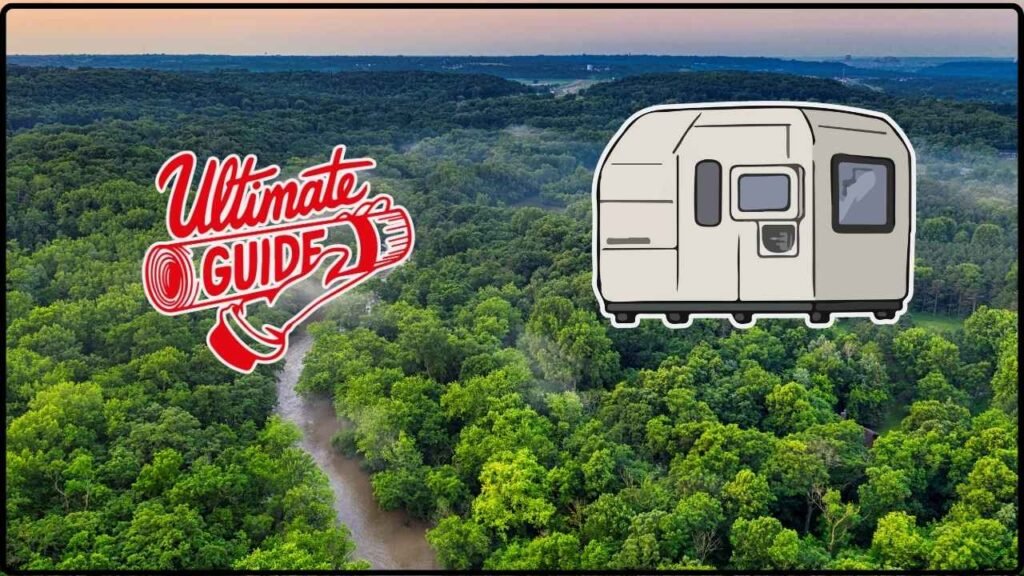
The RVer’s Guide to Dispersed Camping: If you’re an RVer itching to hit the road and camp out under the stars, the Sawtooth National Forest is one of the top spots to try out some dispersed camping. Whether you’re a seasoned forest explorer or a newbie looking to escape the hustle for a spell, this guide breaks down everything you need to know—for safe, legal, and enjoyable dispersed camping in this beautiful slice of Idaho wilderness.
Dispersed camping means camping outside of developed campgrounds—no hookups, no fancy fire rings, no picnic tables—but barrels of freedom and peace right in the wild. For many RVers, it’s the chance to boondock where the land’s broad, the air’s clean, and the stars practically put on a show just for you. So, let’s dive into the essentials!
The RVer’s Guide to Dispersed Camping
Dispersed camping in the Sawtooth National Forest offers RVers a rare chance to camp free, off-the-grid, and deeply connected with nature. It blends adventure, serenity, and self-reliance, but also demands respect and responsibility. Stick to the rules, come prepared, and leave no trace to preserve this incredible wilderness for generations to come. For RVers ready to roll into the wild Sawtooth with their rigs, it’s not just camping—it’s a full-on nature experience.
| Aspect | Details |
|---|---|
| Where to Camp | Outside designated campgrounds; stay 100 ft from water and trails; within 300 ft of Forest Service roads |
| Camping Duration Limits | Up to 10 days during May–Sept; up to 16 days rest of year (per 30-day period) |
| Fees | None for dispersed camping (unless using designated sites with amenities) |
| Fire Restrictions | Subject to seasonal fire bans; use fire pans or existing fire rings if allowed |
| Wildlife Tips | Store food safely, bear spray recommended, leash dogs July 1–Labor Day |
| Popular Areas | Lake Creek Road, Perkins Lake, Decker Flats, near rivers and mountains |
| Facilities Nearby | Limited; mostly primitive; some dump stations and potable water at developed campgrounds |
| Safety | Camp in open spaces away from hazards; don’t rely on cell phones; carry essentials |
What Is Dispersed Camping?
Dispersed camping means pitching your tent or parking your RV in the wild without the trappings of a developed campground. You won’t find electricity, flush toilets, or picnic tables here, but what you will find is a darn good chance to experience nature like the original road trippers and adventure seekers did—raw and real.
In the Sawtooth National Forest, this type of camping is legal outside developed campgrounds so long as rules are followed. It’s called self-contained camping—pack your own water, stove, and gear. DIY camping under the stars.
Why Choose Dispersed Camping in Sawtooth National Forest?
The Sawtooth is a wild playground with towering peaks, lush rivers, and roaming wildlife. If you want to:
- Dodge the crowds of busy campgrounds,
- Sleep with nothing but crickets and pine trees around,
- Rely on yourself and your gear,
- And soak in Idaho’s gorgeous outdoors—
Dispersed camping is a sweet setup.
Plus, it’s budget-friendly. No fees, no reservations—just you, your rig, and the forest.

Rules You Gotta Know Before You Go
Dispersed camping means freedom, but also responsibility.
- Where to Camp: Must camp at least 100 feet away from lakes, streams, and trails to protect water and vegetation. Allowed within 300 feet of Forest Service roads.
- Stay Limits: Up to 10 days at one site from May 1 to September 15; 16 days allowed rest of the year within any 30-day span.
- Fire Restrictions: Common fire bans during dry seasons. Use existing fire rings or fire pans if allowed. Check restrictions every trip.
- Wildlife: Bears and moose roam here. Store food tightly and carry bear spray. Leash dogs July 1 to Labor Day.
- Leave No Trace: Pack out all trash, bury human waste 6-8 inches deep, 200 feet from water. Avoid new fire rings or campsites.
Finding Your Perfect Spot
Dispersed spots aren’t marked like campgrounds, so prep pays off.
- Scout Forest Service roads such as Lake Creek Road, Decker Flats, and Perkins Lake.
- Camp on bare or already impacted soil, avoid meadows and green vegetation.
- Look for flat, shaded areas with good drainage.
- Steer clear of busy roads or trails for peace and privacy.
Some campsites even have fire rings or vault toilets nearby.
Detailed Directions to Popular Areas
- Lake Creek Road: Near Ketchum, this dirt road begins past residential zones with multiple large spots fit for Class C RVs. Early arrivals get the choice since spots fill fast on weekends.
- Decker Flats: Along the Salmon River near Stanley offers riverside dispersed camping with trailhead access to Hell’s Roaring Lake.
- Perkins Lake and Petit Lake: Elevated sites with mountain views and some trailhead amenities.
Packing List for Dispersed Camping RV Style
- Self-contained RV systems (freshwater, waste tanks)
- Portable camping stove/grill (no open fires without permission)
- Bear-proof containers & coolers
- Water filters or adequate potable water
- Bear spray and first aid kit
- Shovel/trowel for waste
- Extra layers for changing mountain weather
- GPS/maps (cell phone coverage can be spotty)
- Camp chairs, lighting, and outdoor gear
Safety Tips Every RVer Should Follow
- Observe wildlife from a distance, never feed or approach them.
- Carry and know how to use bear spray; be aware of local wildlife activity.
- Keep campsites clean; pack out trash daily.
- Adhere to fire restrictions and have an escape plan if fires flare.
- Share your plans with friends/family.
- Drive slow on rough Forest Service roads with potential potholes and washboards.
Recreation Opportunities Near Dispersed Sites
Sawtooth offers abundant activities beside camping:
- Fishing in clear rivers and lakes
- Mountain biking on scenic trails
- Horseback riding through wilderness areas
- Hiking to alpine lakes and peaks
- Hunting seasons with appropriate permits
- Collecting seasonal wild mushrooms and huckleberries
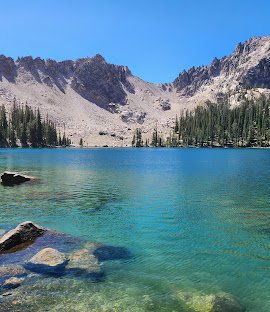
Cultural and Historical Context
The land forms part of the ancestral territories of the Shoshone-Bannock, Nez Perce, and Shoshone Paiute tribes. These tribes used the land for hunting, gathering, and spiritual practices for thousands of years. Today, camping here connects you with deep cultural roots and respect for the natural world.
European American settlers arrived in the 1800s. The area was designated a national forest in the early 1900s, preserving its wilderness character for future generations.
Environmental Conservation and Leave No Trace
Sawtooth is part of a growing movement toward sustainable tourism and wilderness stewardship. Visitors must minimize human impact by following Leave No Trace principles:
- Pack out all trash, do not leave waste behind.
- Camp only on durable surfaces, avoid new site creation.
- Use existing fire rings or skip fires in extreme fire danger.
- Respect wildlife distance, don’t feed animals.
- Keep to trails when hiking to prevent soil erosion.
Volunteers and the Forest Service regularly organize clean-ups and education campaigns to preserve Sawtooth’s natural beauty.
Boondocking in Idaho 101: The Ultimate Guide to Free Camping

